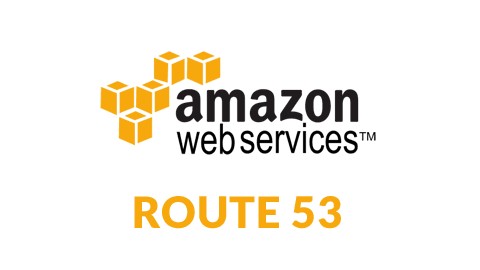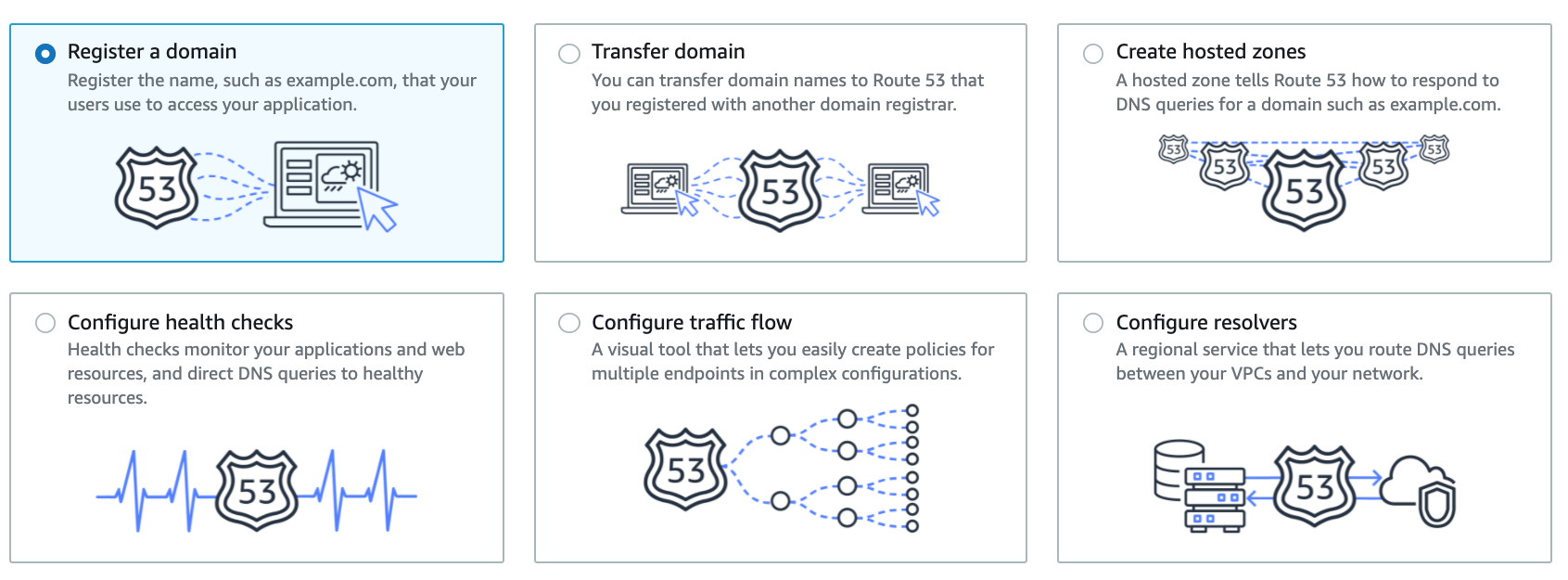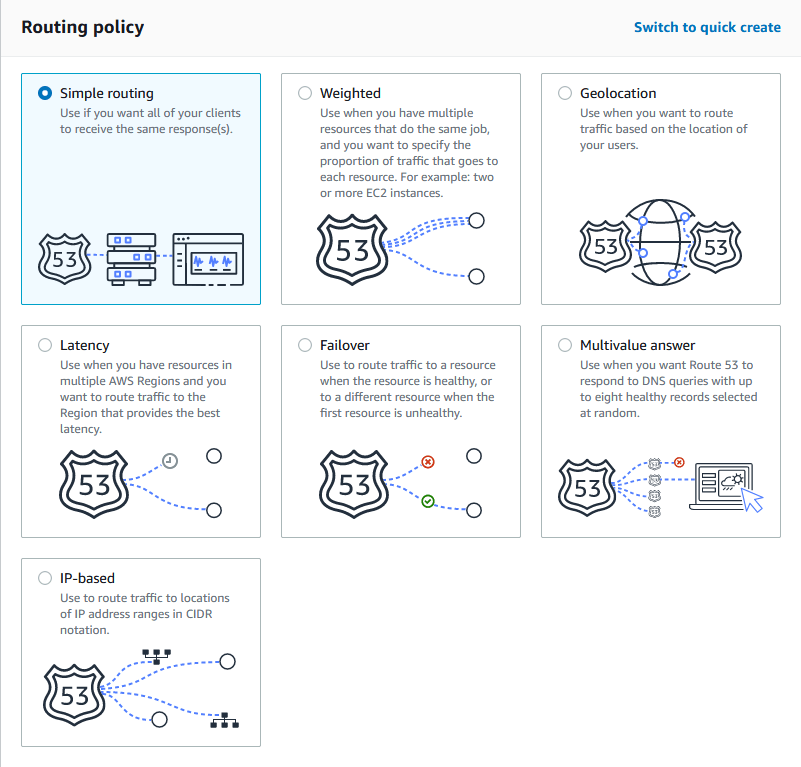AWS Route 53 – The Efficient DNS Solution
This article was published as a part of the Data Science Blogathon.

Introduction
What is AWS Route 53?
What is the Significance of the Name ‘AWS Route 53’?
Functions of Route 53

Source: https://www.hava.io/blog/what-is-amazon-route-53
- DNS Management:
With Amazon Route 53, users can create and manage public DNS records. Route 53 supports end-to-end DNS resolution over IPv6. Recursive DNS resolvers on IPv6 networks can use IPv4 or IPv6 transport to send DNS queries to Amazon Route 53. Also, Route 53 helps create DNS records for a new domain or transfer DNS records for an existing domain.
- Monitoring:
Route 53 can monitor the health and performance of users’ resources or applications and send traffic accordingly through healthy resources only. Health check generates CloudWatch metrics that trigger AWS Lambda functions to perform appropriate corrective actions.
- Traffic Management:
Through Route 53 Traffic Flow service, users can easily manage traffic globally through various routine types such as Latency Based Routing, Weighted Round Robin, Geo DNS, etc. Also, if the user has any existing domain in another platform, it is possible to switch the same domain into route 53, routing the traffic for the user’s domains.
Routing Policies

Source: https://www.stormit.cloud/blog/amazon-route-53/
Route 53 offers several policies for efficient DNS requests. While creating the records, a routing policy has to be chosen. It decides how Route 53 responds to DNS queries. Different routing policies are:
| Routing Policies | Definition | Use Case | Key Feature |
|
Simple routing policy |
Most basic routing types are where a record can be associated with one or more IP addresses. | Record creation in a private hosted zone | It can contain multiple values, but it returns only one resource. |
Weighted routing policy |
Route traffic to multiple resources in specified proportions when the traffic must be split between the resources based on some mentioned weights. | New deployments or releases testing new versions | Users can reply to a single DNS query with different IP addresses |
| Latency routing policy | If the user has resources in multiple AWS regions, the latency routing policy routes traffic to the region that provides the best latency. | Record creation in a private hosted zone | Works according to the latency measurements performed over a period of time, and the changes are reflected in measurements. |
| Failover routing policy | Defines a record to be primary and a different record to be secondary. The failover routing policy sends all traffic to the server set as primary as long as that server is healthy. If health checks determine it’s failing, traffic will be diverted to a designated secondary or backup resource. |
Used if resources have to be available for the majority of the time | Applicable only for Public hosted zones. |
Companies Using AWS Route 53 Service

Source: https://ourtechplanet.com/amazon-web-services-aws-the-market-leader/famous-customers-using-aws-route53-services/
Key Features of Route 53
- AWS service integration
AWS Route 53 can be integrated with other AWS services such as Cloud Front, ELB, S3, etc. ELB integration helps in better load balancing. Other benefits associated with integration are routing traffic easily to static websites hosted on S3 and generating custom domains for Cloud Front URLs.
- Scalable
Route 53 automatically handles large volume queries without the user’s interaction.
- Geographical DNS
It helps the user to balance the load across different endpoints based on the geographic location of end users from which the request originates.
- Secure
Through Integration with AWS Identity and Access Management (IAM), there is complete control over every user within the AWS account by granting them unique credentials and permissions.
Why Should you Consider Migrating to AWS Route 53?
- As a pay-as-you-go service, the user will be charged for the number of hosted zones they create and the number of requests routed.
- Compatible with IPv6.
- Able to route Internet traffic for domains registered with another domain registrar.
- It has APIs that help easily create and manage user domain DNS records.
- Able to handle large query volumes through autoscaling.
- Intelligent traffic routing based proximity, the health of endpoints, and latency.
- Route 53’s servers are distributed all over the world.
- Has a simple web-services interface that helps users get started in much less time.
Conclusion
Key Takeaways:
- AWS Route 53 is a reliable and cost-effective Domain Name Web Service.
- It handles domain registration and provides worldwide distributed DNS service.
- Route 53 helps to route traffic based on multiple criteria, such as endpoint health, geographic location, and latency.
- Main functions include DNS management, Monitoring, and Traffic management.
- Routing policies decide how Route 53 responds to queries.
- Different routing policies associated with Route 53 include simple routing policy, weighted routing policy, latency routing policy, failover routing policy, etc.
- AWS Route 53 can be integrated with other AWS services such as Cloud Front, ELB and S3
The media shown in this article is not owned by Analytics Vidhya and is used at the Author’s discretion.








